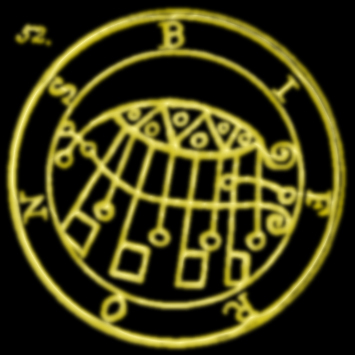How scientists are bringing dinosaurs back to life with the help of the humble chicken
Hans Larsson, a palaeontologist at McGill University in Canada, conducted an experiment in November 2007 into the evolution from dinosaurs’ long tails into birds’ short tails more than 150 million years ago.
Looking at a two-day-old chicken embryo, he made an unexpected discovery. Expecting to see between four and eight vertebrae present in the developing spine, his microscope instead picked out 16 vertebrae — effectively a reptilian tail. As the embryo developed, the “tail” became shorter and shorter, until the young bird hatched with only five vertebrae.
Larsson says of the significance of the find: “For about 150 million years, this kind of a tail has never existed in birds. But they have always carried it deep inside their embryology.” So, the blueprint for a dinosaur remained locked inside the modern-day bird.
Larsson decided to move from theory to reality. He wanted to see if he could make a chicken grow a dinosaur’s tail, turning the clock back millions of years. Manipulating the genetic make-up, he was able to extend the tail by a further three vertebrae. Larsson had pinpointed a method for turning on dormant dinosaur genes.
If birds retained a dormant tail imprint, did they still retain a memory of dinosaur teeth?
In 2005, Matt Harris and John Fallon, developmental biologists at the University of Wisconsin, noticed something strange while researching mutant chickens. Harris says: “Looking at an embryonic 14-day-old head, I came across the beak and these structures that were not supposed to be there.”
Could they really be teeth? Peeling away the beak in this tiny, mutant bird, the academics revealed sabreshaped formations almost identical to embryonic alligator teeth.
Next, Harris and Fallon attempted to trigger the formation of teeth in a normal chicken, by injecting the embryo with a virus designed to “turn on” the relevant gene. It was a long shot. “Making a tooth is complex,” says Harris. “So the idea of turning on one gene that might be able to do this in an animal that hasn’t made teeth in over 70 million years was somewhat of a stretch.”
Examining the growing embryo two weeks later, he called colleagues to look at what had happened. “You could see very clearly paired structures on the lower jaw. And so, a normal chicken can actually grow teeth.” This was unexpected. Furthermore, the teeth had the same curved shape as dinosaur
fangs.
Jack Horner, professor of paleontology at Montana State University, from the same article:
“If we want to see a dinosaur in our lifetime, we need to start with a bird and work backwards,” says Horner. “As long as birds exist, we have the ability to reach back to dinosaurs.”
In the 1990s, scientists discovered dinosaurs in China buried in a fine ash. They were preserved in remarkable detail and bird-like features, including claws and feathers, were recognizable. Horner believes that a modern bird’s DNA contains a genetic memory that could be “switched on” again, resurrecting long-dormant dinosaur traits.
To make such a creature, he would start with the genome (the whole hereditary information encoded in the DNA) of an emu. “Emus have all the features we need in order to make a Velociraptor-sized dinosaur,” he says. “If I were to make a dinosaur, that is where I’d start.”
Click here to see your new way of life.
[*]






